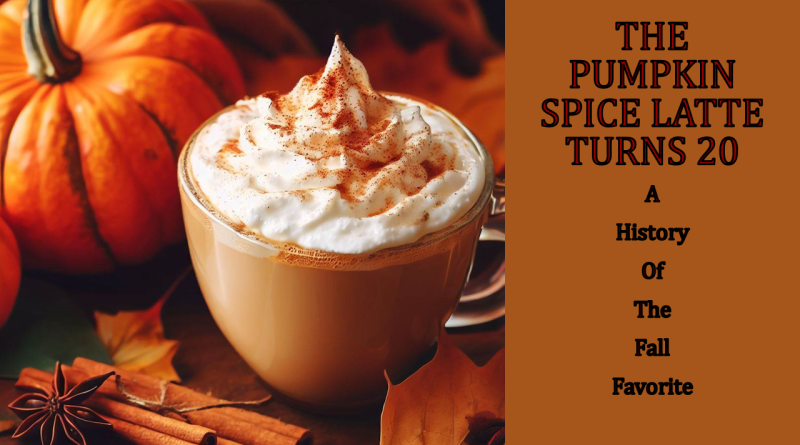The Pumpkin Spice Latte Turns 20: A History of the Fall Favorite
Every year, as the leaves start to change color and the air gets cooler, millions of people flock to their nearest Starbucks to order a cup of the iconic Pumpkin Spice Latte. The drink, which combines espresso, steamed milk, and a sweet and spicy pumpkin sauce — topped with whipped cream and more spice — has become a symbol of autumn and a cultural phenomenon. But how did this beverage come to be, and why is it so popular?
The story of the Pumpkin Spice Latte begins in 2003, when Starbucks was looking for a new seasonal drink to follow the success of its winter offerings, such as the Peppermint Mocha and the Eggnog Latte. A team of product developers, led by Peter Dukes, director of espresso Americas, decided to experiment with different flavors that could evoke the feeling of fall. They considered various options, such as caramel apple, chocolate orange, and cinnamon spice, but none of them seemed to capture the essence of the season.
Then, they had an idea: what about pumpkin? Pumpkin pie was a classic American dessert that was associated with Thanksgiving and harvest festivals. It also had a distinctive flavor profile that could complement coffee. However, there was one problem: pumpkin was not very popular at the time. In fact, in a customer survey of 20 potential fall flavors, pumpkin ranked near the bottom.
Despite the lack of enthusiasm, Dukes and his team decided to give pumpkin a chance. They bought a pumpkin pie from a local bakery and poured espresso shots over it, trying to find the right balance of coffee and spice. They also experimented with different types of milk and sweeteners, until they settled on a recipe that used a pumpkin spice sauce with cinnamon, clove, and nutmeg.
They tested the drink in 100 stores in Vancouver and Washington, D.C., in the fall of 2003. The response was overwhelming: customers loved the drink and wanted more. The drink sold out quickly and exceeded the company’s expectations. Dukes said: “We couldn’t keep up initially… we had to expedite inventory to the stores.” The following year, the drink was launched nationwide in the U.S., and soon became Starbucks’ most popular seasonal beverage.
Since then, the Pumpkin Spice Latte has grown into a cultural phenomenon that transcends coffee. It has inspired countless memes, parodies and products, ranging from candles and air fresheners to donuts and pasta sauce. It has also sparked debates over its health effects, its authenticity, and its social implications. Some people love it for its cozy and comforting taste, while others hate it for its artificiality and “basicness”
In 2015, Starbucks changed the recipe of the drink to include real pumpkin puree and remove artificial colors, after facing criticism from some consumers and food activists. The company said that the change was made to meet customer demand for simpler ingredients and more natural flavors.
Today, the Pumpkin Spice Latte remains a staple of Starbucks’ fall menu, as well as a source of anticipation and excitement for many fans. According to Starbucks, more than 400 million Pumpkin Spice Lattes have been sold since its debut in 2003. The drink has also spawned many imitations and variations from other coffee chains and brands.
The Pumpkin Spice Latte is more than just a drink; it is a phenomenon that reflects our collective love for fall and our desire for comfort and nostalgia in a changing world.
Happy 20th birthday, PSL!


